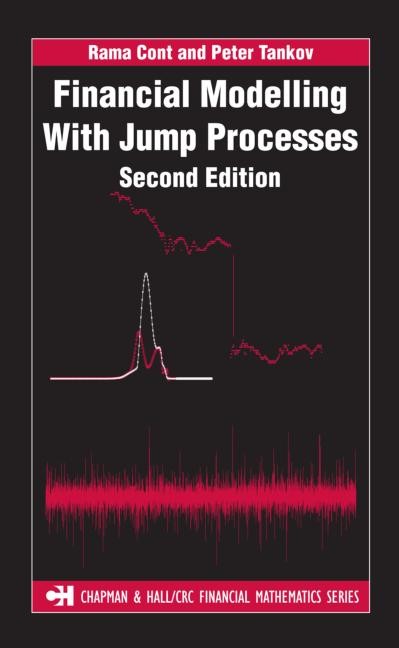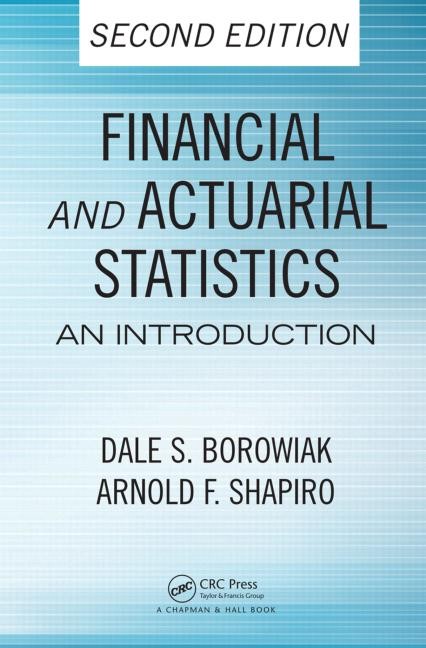Quantitative Finance A SimulationBased Introduction Using Excel CRC Press Book
Post on: 10 Апрель, 2015 No Comment

May 8, 2014 by Chapman and Hall/CRC
Textbook — 532 Pages — 71 B/W Illustrations
Preview
Features
- Covers key practical topics relevant to working quants, such as simulating geometric Brownian motion
- Introduces risk/return and classical decision theory first to underscore the importance of managing risk in portfolios
- Presents binomial model tools for pricing options
- Includes numerous examples from bond portfolios to build students’ intuition
- Requires only a moderate amount of mathematical background
- Provides exercises and references at the end of each chapter
- Offers spreadsheets for simulations on the book’s CRC Press web page
Solutions manual available upon qualifying course adoption

Summary
Teach Your Students How to Become Successful Working Quants
Quantitative Finance: A Simulation-Based Introduction Using Excel provides an introduction to financial mathematics for students in applied mathematics, financial engineering, actuarial science, and business administration. The text not only enables students to practice with the basic techniques of financial mathematics, but it also helps them gain significant intuition about what the techniques mean, how they work, and what happens when they stop working.
After introducing risk, return, decision making under uncertainty, and traditional discounted cash flow project analysis, the book covers mortgages, bonds, and annuities using a blend of Excel simulation and difference equation or algebraic formalism. It then looks at how interest rate markets work and how to model bond prices before addressing mean variance portfolio optimization, the capital asset pricing model, options, and value at risk (VaR). The author next focuses on binomial model tools for pricing options and the analysis of discrete random walks. He also introduces stochastic calculus in a nonrigorous way and explains how to simulate geometric Brownian motion. The text proceeds to thoroughly discuss options pricing, mostly in continuous time. It concludes with chapters on stochastic models of the yield curve and incomplete markets using simple discrete models.
Accessible to students with a relatively modest level of mathematical background, this book will guide your students in becoming successful quants. It uses both hand calculations and Excel spreadsheets to analyze plenty of examples from simple bond portfolios. The spreadsheets are available on the book’s CRC Press web page.
Table of Contents
Introduction
Intuition about Uncertainty and Risk
Repaying Loans Over Time
Introduction
Repaying a Loan over Time: Excel
Repaying a Loan over Time: Mathematics
First-Order Difference Equations
Deriving the Diffusion Partial Differential Equation
Some Approximate Values of the Black Scholes Call Formula














